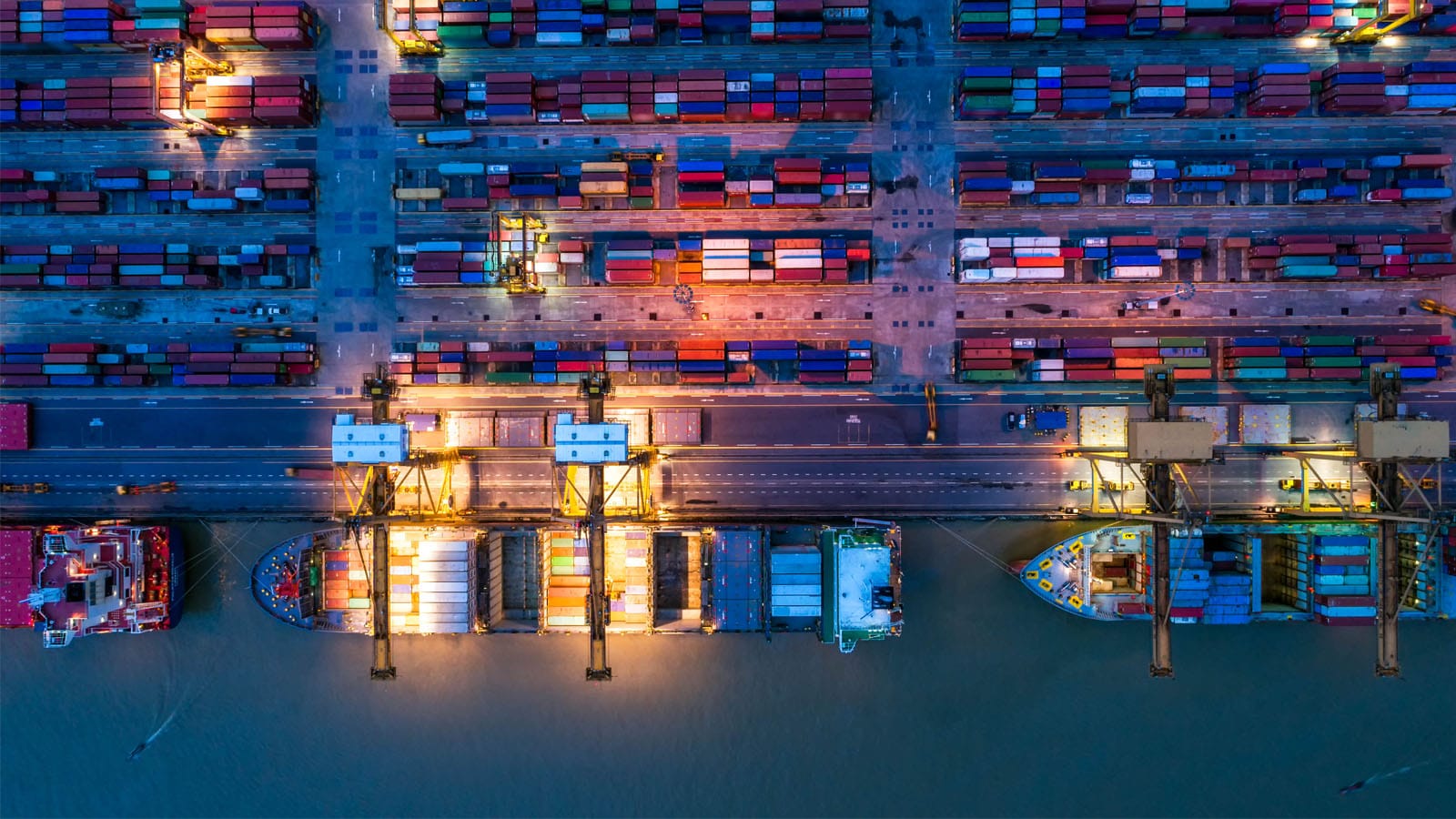Background
It has been just over two weeks since the inauguration of President Donald Trump for his second term as US President and in that time we have seen two significant steps made by the administration with respect to US trade policy and tariffs.

Firstly, President Trump signed an Executive Order, the “America First Trade Policy” placing a renewed focus on the United States trade landscape and calling for detailed reviews of various aspects of US trade policy and potential measures which can be taken to reduce the US trade deficit.
China Tariffs
Secondly, and most significantly, as of 12:01am Eastern Time, Tuesday 4th February, President Trump has imposed import tariffs on goods from China with the following measures now in effect:
- China - additional 10% import tariff on all China origin goods
Furthermore, certain mitigation measures which companies may have looked to apply to reduce the tariff burden (e.g. the import de minimis threshold of $800 or the use of duty drawback) are not available for goods from the affected countries thus limiting the options companies have to respond to the impact of these measures.
In response, China has imposed additional tariffs of 15% on US coal and LNG and 10% on crude oil, farm equipment and certain automotive vehicles due to come into effect on the 10th February.
Mexico and Canada Tariffs
Following a period of consultation, separately, between President Trump and the Mexican President Claudia Sheinbaum, and Canadian Prime Minister Justin Trudeau, the tariffs which had been proposed for Mexico and Canada (see below) have been suspended for 30 days to allow for negotiations of various matters:
- Mexico - 25% import tariff on all Mexico origin goods
- Canada - 10% import tariffs on Canadian energy / oil goods and 25% import tariffs on all other Canadian origin goods
Beyond Tariffs
These trade tariffs are on top of the potential defensive measures that the White House asked the Treasury to examine by memo on inauguration day. These measures are aimed at both Pillar 2, which the memo states has no force of law in the US, and Digital Services Tax. These pronouncements clearly signal that the tectonic plates of internal tax policy are shifting and the impact could be significant for individuals and corporations alike.
While the “Trump tariffs” will directly impact goods imported into the US, this is not solely a US or trade issue. Actions taken by President Trump have been and, will likely, be met with retaliatory tariff measures from affected countries.
Key actions businesses can take today
Companies should take immediate action to fully assess the impact which this will have on the business and understand what mitigation strategies can be implemented.
Access to reliable data, both customs and ERP data, is the first step to understanding exposure in this space as this allows the assessment of the impact of tariffs which have been imposed and to understand the exposure to potential future tariffs.
Other measures which can be taken include:
- full supply chain mapping and assessment, including reviewing alternative supply sources and diversification options
- product category assessments including price elasticity and demand impact, and
- assessing business model impacts including impact on COGs, currency implications and structural business model changes
It is crucial to ensure that businesses have full visibility of their end-to-end supply chain processes so the impacts, noted above, can be appropriately modelled and mitigation strategies explored.
Furthermore, the potential impact is broader than simply tariffs and trade. This is very much a business issue with the potential to impact tax policy, supply chain, business strategy and overall operating model. In a way there are similarities to Brexit in terms of how an organisation starts to understand these end to end impacts and the consequences for their business.
How we can help
PwC is here to help you navigate these choppy waters, with our team of Global Trade and Customs, Global Tax Policy and Supply Chain Advisory experts ready to speak today.
Tax Services
Driving compliance and efficiency throughout your business.
Contact us













Menu